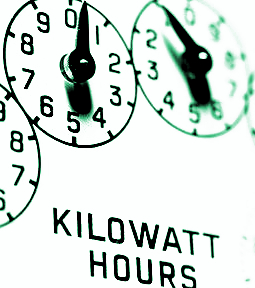Price disparity flows
 Wholesale power prices are down 59 per cent in the past year, yet retail bills remain stubbornly high.
Wholesale power prices are down 59 per cent in the past year, yet retail bills remain stubbornly high.
New figures from the Australian Energy Market Operator (AEMO) show customers in eastern Australia have seen a 30 per cent increase in their retail electricity bills in the year, despite the wholesale drop.
AEMO's quarterly report showcases the wholesale electricity prices dropping to a remarkable $108 per megawatt hour in the June quarter, a sharp contrast to last year's average of $264 per megawatt hour when the National Electricity Market was suspended during an energy crisis.
The sudden decline is credited to a trio of factors, according to Daniel Westerman, AEMO's chief executive.
“The first is that coal-fired power stations, which still supply about 60 per cent of Australia's energy, are down because coal prices are down,” he told the ABC.
“The second thing is that we've had more coal plant availability, so it's been there when we need it.
“The third is that we've seen more and more renewables come into the system, and those renewables, as we know, really do push prices down.”
The report attributes this trend to improved generation ability, less market volatility, and an increase in renewable energy capacity.
However, amidst the cheer about lower wholesale prices, the retail electricity bills for households have surged, leaving customers scratching their heads.
Experts say that the retail market operates a year in advance of the wholesale market, therefore, the recent bill hikes are a delayed response to the wholesale price increases seen last year.
However, experts also say that as Australia moves towards an energy future - focused on low-cost renewable energy, firming generations, transmission, and a grid running entirely on renewables - retail prices will stabilise and eventually fall.
The June quarter report brings more good news as emissions from the national electricity grid also fell by over 6 per cent, reaching a record low for the period.
This is attributed to the rise of renewable energy sources, especially rooftop solar, which are steadily outpacing fossil fuels on the grid.
Even though gas prices have remained elevated, gas is gradually losing ground as a source of electricity generation.







 Print
Print